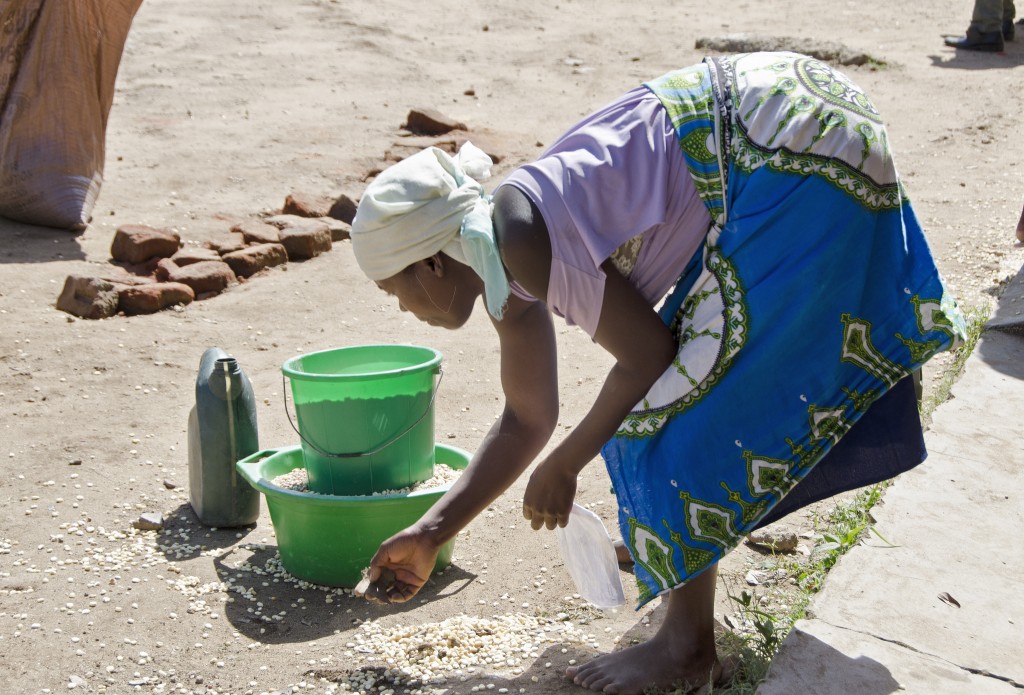When it comes to health, low-income communities often face an uphill battle. Limited access to healthcare, lack of healthy food options, and fewer resources for preventive care are hurdles these communities must overcome.
There are several ways of addressing the issues these low-income communities face that help improve their overall well-being.
This blog will explore the role of public health professionals and public health authorities in addressing health challenges for low-income communities.
Let’s begin!
The role of public health authorities in addressing health challenges
Public health authorities are crucial in addressing health challenges in low-income communities. They work to identify health issues and develop and implement programs and policies to address these issues. By identifying trends and developing interventions, public health authorities can significantly impact the health of low-income communities.
Public health professionals are the ones in the field to address these issues in person. They encounter different scenarios and report to the authorities with suggestions and an action plan. Without relevant knowledge and experience, they can’t achieve their objectives.
An MPH degree equips them with the knowledge and skills necessary to understand and address the complex health issues faced by low-income communities and make a difference in their lives.
Many universities across the US offer MPH programs, but they can also be studied online. It is a flexible option for individuals who want to advance their careers in the field of public health while continuing their jobs.
An online MPH program typically covers topics such as epidemiology, health policy, and community health, helping them design and implement evidence-based interventions that effectively reduce health disparities in low-income communities.
Ways to address health challenges in low-income communities
Here are eight ways public health officials and authorities can tackle health challenges in low-income communities.
1. Access to Affordable Healthcare
For many low-income individuals, the cost of healthcare can be a major barrier to getting the care they need. That’s why access to affordable healthcare is crucial in these communities. One way to increase access is through community health centers, which provide comprehensive primary care services on a sliding fee scale.
Free clinics also offer healthcare in such communities. There are several communities where these clinics are successfully providing necessary healthcare. Grants can be acquired through various programs to set up these clinics, and a significant change can be made in the lives of people residing in these communities.

2. Education and Outreach
Knowledge is power, and that’s especially true regarding our health. Educating the community about healthy habits and preventive care can significantly reduce health disparities in low-income communities. Outreach programs such as community health worker programs and health education classes can help provide the information and resources people need to make healthier choices.
3. Healthy Food Access
When it comes to low-income communities, one major challenge can be access to healthy food options. Many of these communities are considered “food deserts,” meaning they don’t have easy access to fresh fruits and vegetables. But there are ways to access healthy food in low-income communities; food banks, farmer’s markets, and community gardens are all great options.
Different food programs run by multiple non-profit organizations also collect donations to provide healthy food options to low-income communities. Community managers or public health officials can contact such organizations to make healthy food accessible to poor communities.
4. Addressing Environmental Factors
Another aspect to consider is the impact of environmental factors on the health of low-income communities. These communities are often disproportionately affected by air pollution and lack of green spaces, which can lead to various health issues.
By implementing programs and policies to address these environmental factors, low-income communities’ overall health and well-being can be improved.
5. Mental Health Support
Mental health is a crucial component of overall health, and low-income communities often face unique challenges in accessing mental health support. One way to increase access to counseling, support groups, and therapy is to provide these services at community health centers and other community-based organizations.
Programs such as Behavioral Health Homes and Integrated Behavioral Health Care have successfully increased access to mental health support in low-income communities.
6. Address Social Determinants of Health
Regarding health disparities, it’s important to remember that they are not just the result of individual choices but also larger social factors such as poverty, education level, and race. By addressing these social determinants of health in low-income communities, we can start to make a real impact on reducing health issues.
Community grant programs by the US government focus on addressing these determinants and work to create change by making housing, education, and transportation available to the impoverished.
7. Increase Community Involvement
When individuals are actively engaged in improving their community’s health, the impact can be significant. Community health assessments and community initiatives are just a few ways to increase community involvement and empower the members to take charge of their health.

8. Access to Safe and Affordable Housing
Access to safe and affordable housing is essential for good health, but it can be a significant challenge for low-income communities. Many low-income families live in overcrowded or substandard housing, which can contribute to various health problems such as asthma, lead poisoning, and stress.
To increase access to safe and affordable housing, programs like the Section 8 housing voucher program and the Low-Income Home Energy Assistance Program (LIHEAP) can help these families afford safe and healthy housing. In addition, programs like the Community Development Block Grant can help fund the construction and rehabilitation of affordable housing units.
Conclusion
It’s important to understand that the health challenges of low-income communities are multifaceted. Their challenges are complex and require a unique approach for each community. By combining the strategies discussed in this article, a real difference can be made in the lives of these communities and individuals.
Implementing and supporting programs that provide access to affordable healthcare, education, and healthy food can make a big difference. Addressing social determinants of health and environmental factors and increasing community involvement can also significantly reduce health disparities and improve the overall well-being of these communities.
So let’s roll up our sleeves and get to work! Together, we can make a difference in the lives of many individuals and families in need.
